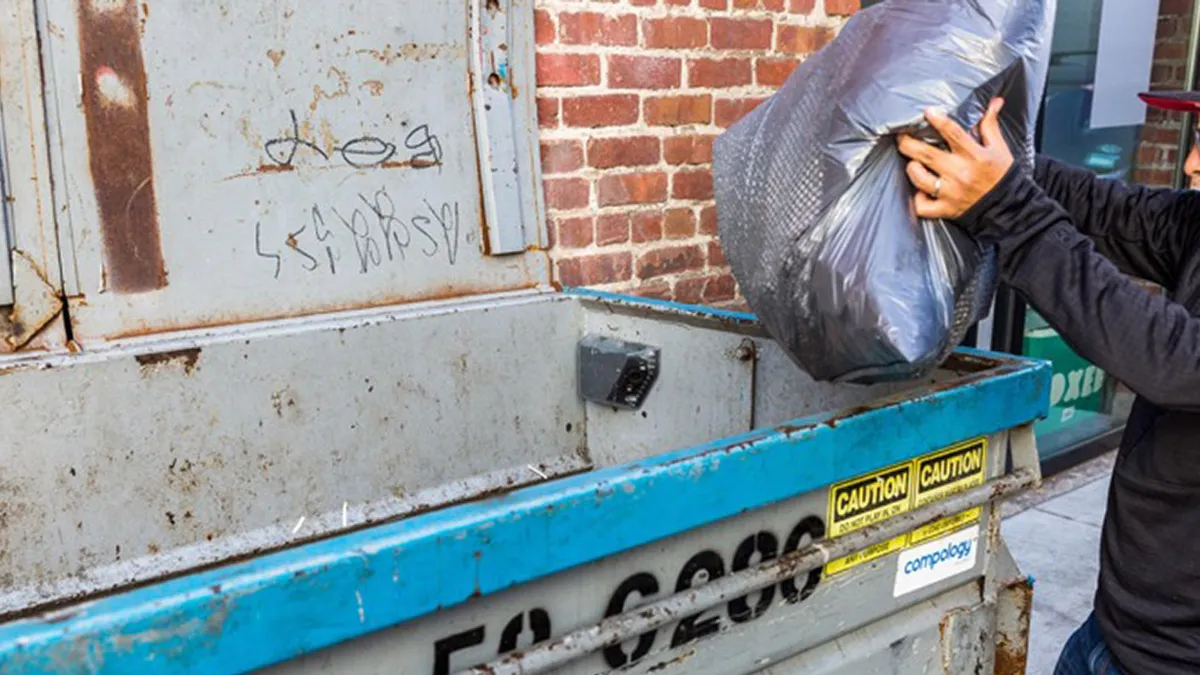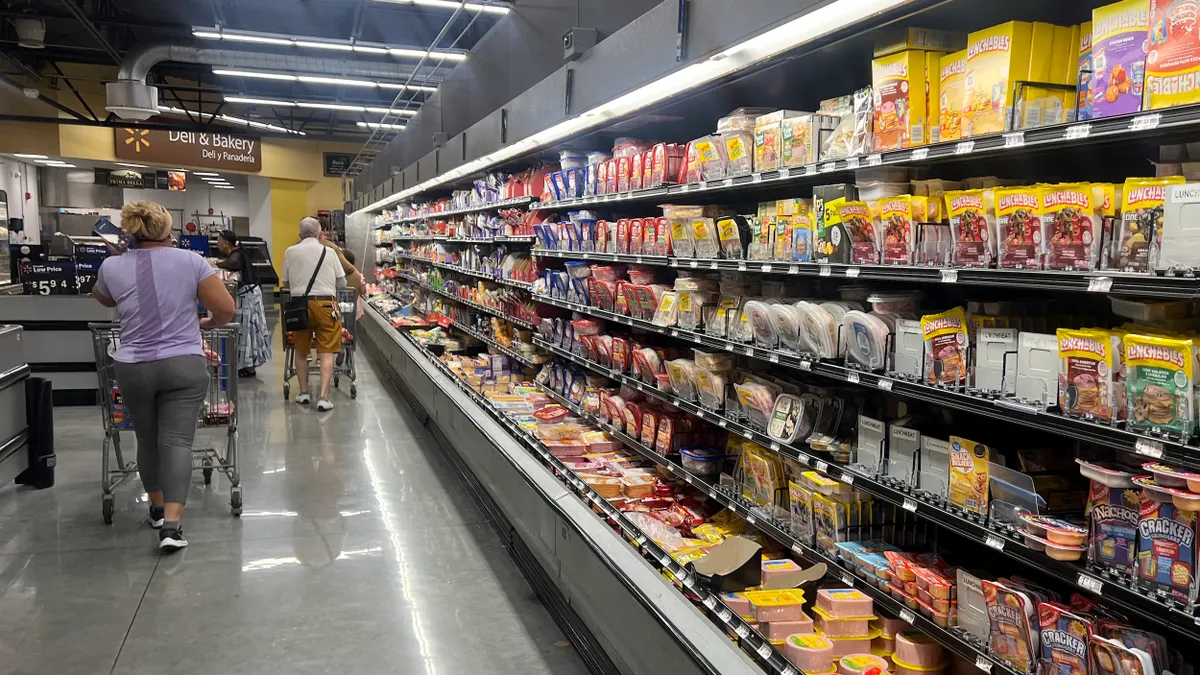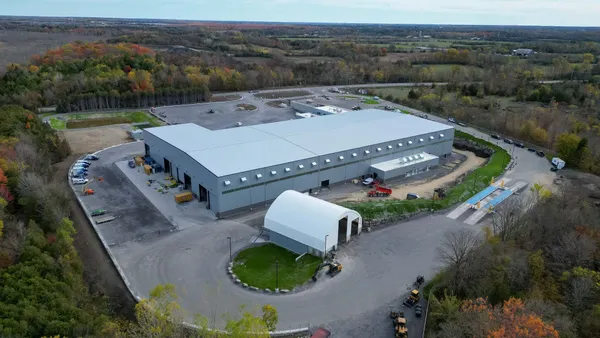Dive Brief:
- As the focus on recycling contamination continues to grow, with little uniformity in what that actually means, Compology has quietly rolled out a new metric called the CScore that could bring new clarity. “It’s not that anybody is right or wrong," said CEO Jason Gates. "They've tried to solve the problem in isolation. [We saw] an opportunity to offer an independent third party standardization of that measurement."
- Using existing container camera and machine learning capabilities, Compology can track contamination as it happens on a layer-by-layer basis. That information is then compiled to create a CScore, which can be used to educate customers or potentially assess financial penalties.
- Gates said Compology has been offering this to customers over the past few months and signed multiple contracts, with particular interest on the West Coast and in Canada. Customers have included generators that want to improve their sustainability performance, local governments that want to track the effectiveness of their programs, and haulers that want to educate or charge repeat offenders.
Dive Insight:
Compology has tapped into one of the most pressing and least understood topics in the recycling world right now. As service providers begin to invest more time and energy in cleaning up material to meet new market standards, contamination rates have in many ways become the most important metric in the recycling sector. Often, these numbers are being used as ways to charge customers new fees or higher rates. Yet definitions still aren't specified in many contracts and fee structures may not be equitable as a result.
"...When we talked to people across the board, stakeholders in all of those different roles, there was no consistent way of measuring it," said Gates. "A lot of people like to use the percentage methodology, but very quickly you can see that there’s some holes in it. You can talk about, is it the percent by volume or the percent by weight? Is it the percent of the total container capacity, or the amount based on the ratio of contamination to total material in the container?"
Like with other types of recycling measurements, standardization will be a complex and lengthy process, albeit an important one. Throughout the year, the EPA has talked about potentially developing guidance around contamination measurement. MSW Consultants has also introduced its own Grading and Purity Test System (GAP) for MRFs and transfer facilities.
In an added benefit, Compology also claims this new offering can make collection services more efficient. Just like how its cameras already alert haulers to when a container is full, this CScore system can alert them when one is considered too contaminated. Gates said some customers have started using this system to take certain stops off their recycling routes and have the material collected directly for disposal.
As for residential collection, where contamination is also problematic and expensive, Compology isn't there yet but is paying attention. Gates views The Recycling Partnership's cart-tagging model as particularly effective and sees potential to explore this space in the future.
“I think there’s lots of applications," he said. "I think residential has a big need for a contamination solution."











